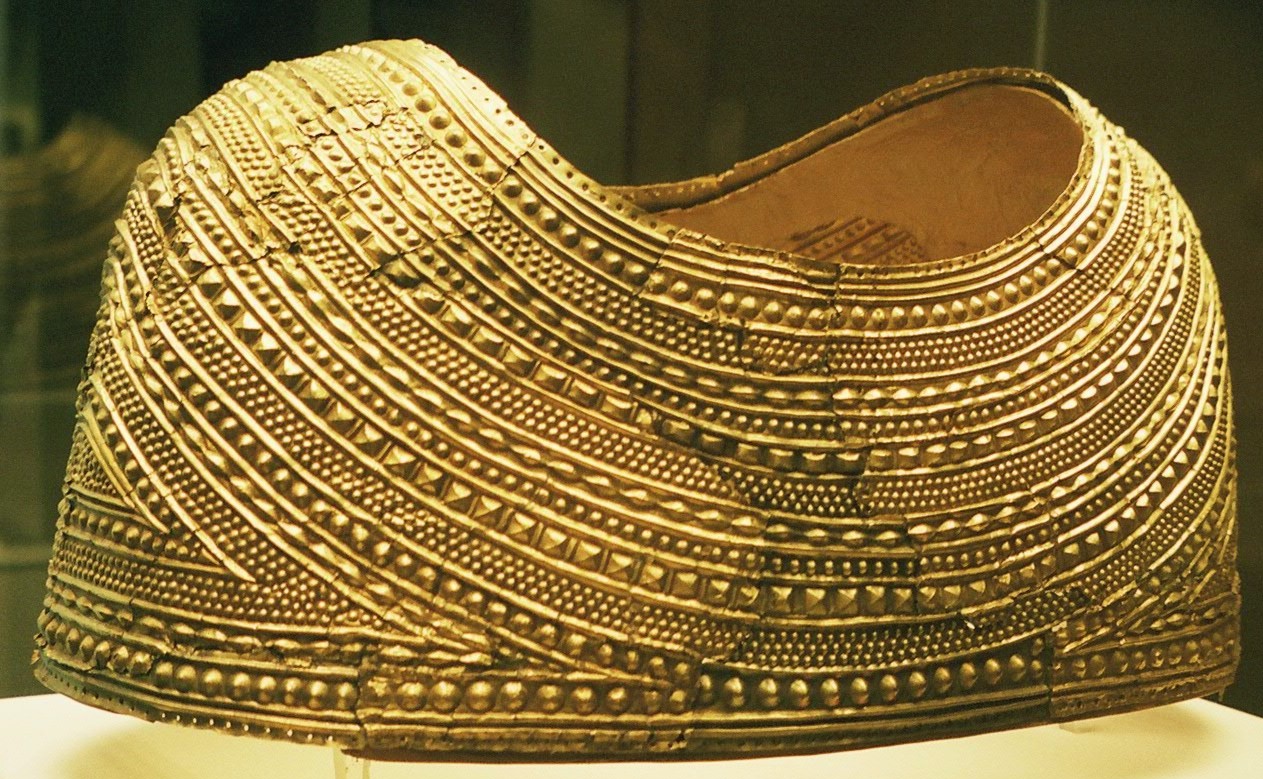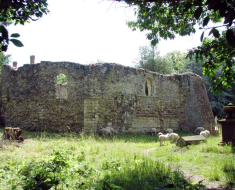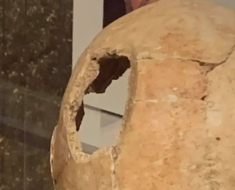The Mold Gold Cape, discovered in 1833 in Mold, North Wales, is one of the most significant and remarkable finds from the Bronze Age in Britain.
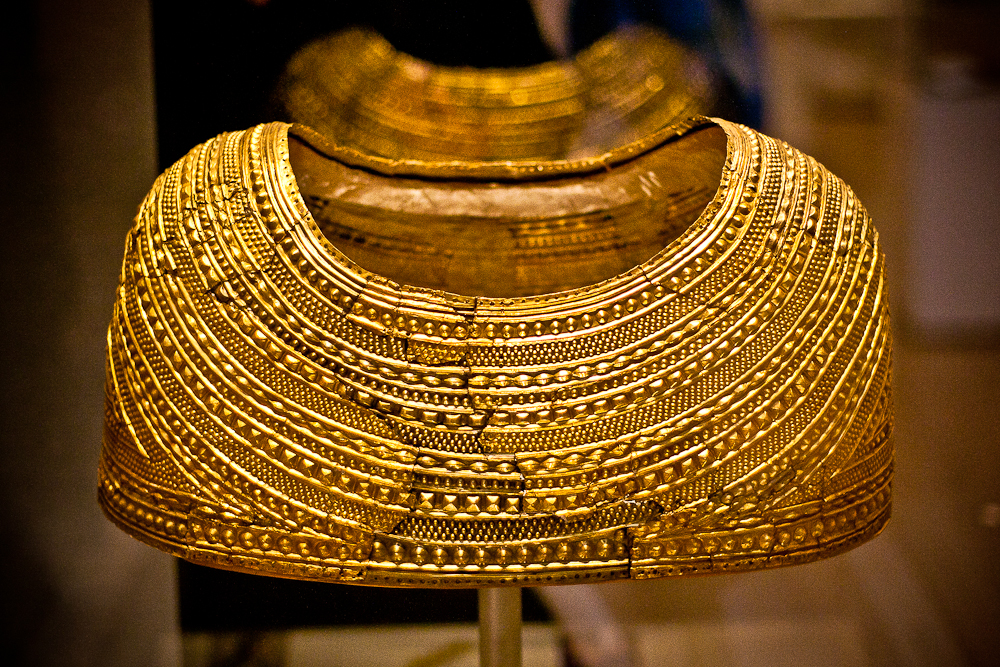
Dating to around 1900–1600 BC, this exquisite piece of craftsmanship is a finely worked gold sheet that was once part of a ceremonial garment, possibly worn by a high-ranking individual or a chieftain.
The cape is made from a single sheet of gold, intricately hammered and shaped, and would have been worn over the shoulders.
It features detailed repoussé work, where the gold was shaped by hammering from the back to create raised designs…a technique that would have been complex and time-consuming.
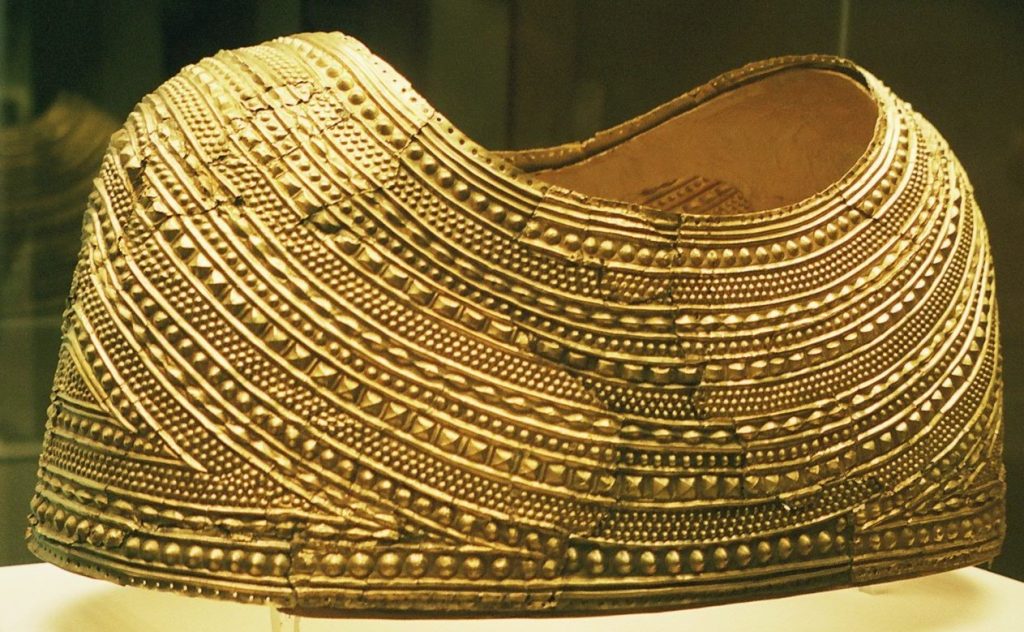
The decorations on the cape include a variety of geometric patterns and curvilinear designs, reflecting the advanced metalworking skills of Bronze Age craftsmen.
Though its original purpose remains debated, it is thought to have been a ritual object, possibly used in burial rites or other ceremonies to display wealth and status.
The Mold Gold Cape reflects the growing importance of gold in Bronze Age Britain, symbolising power, prestige, and spiritual significance.
Today, the cape is housed in the British Museum.
